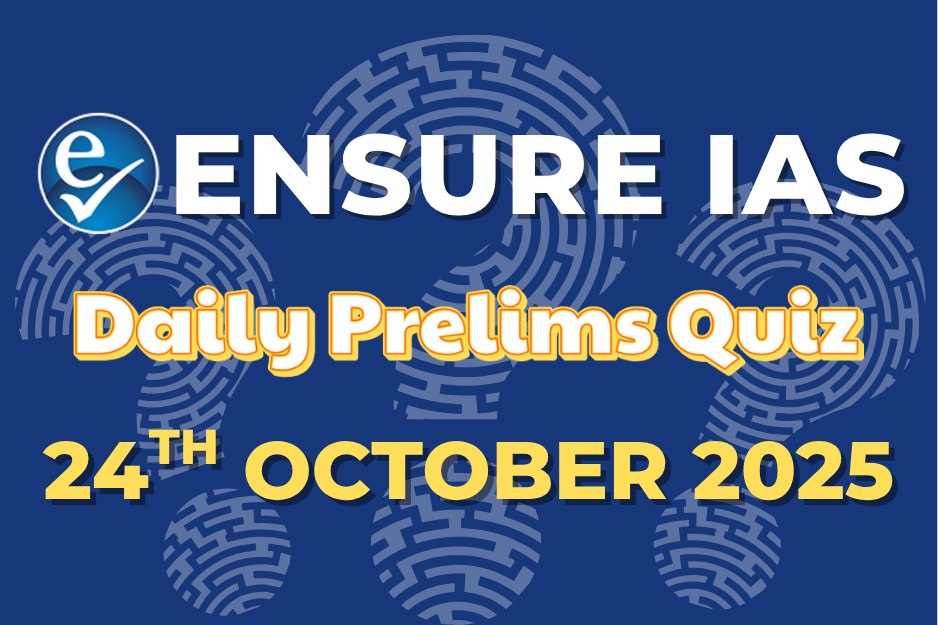Q1.Consider the following statements about the relationship between inflation and economic growth:
- Moderate inflation is often seen as a sign of a growing economy.
- High levels of inflation can lead to economic instability and reduce the purchasing power of the currency.
- Deflation, or negative inflation, is always beneficial for an economy’s growth.
- Central banks aim to maintain inflation at a target rate to foster economic stability and growth.
Which of the statements given above are correct?
Answer: B [1, 2 and 4 only]
Explanation:Statement 1 is correct: Moderate inflation indicates healthy economic activity. It shows that demand for goods and services is rising, encouraging production, investment, and employment. Gradual price increases help sustain economic growth without significantly eroding purchasing power.
Statement 2 is correct: High inflation destabilizes the economy by reducing the real value of money. It discourages savings and long-term investment, increases uncertainty, and can lead to economic problems like stagflation, thereby harming growth and financial stability.
Statement 3 is incorrect: Deflation is not always beneficial. Falling prices may signal weak demand, reduce production, lead to layoffs, and lower wages. Prolonged deflation can cause economic stagnation and reduce consumer spending, negatively impacting growth.
Statement 4 is correct: Central banks aim to maintain inflation within a target range to ensure price stability. Controlled inflation fosters investment, consumption, and sustainable economic growth by providing predictability in the economy.


